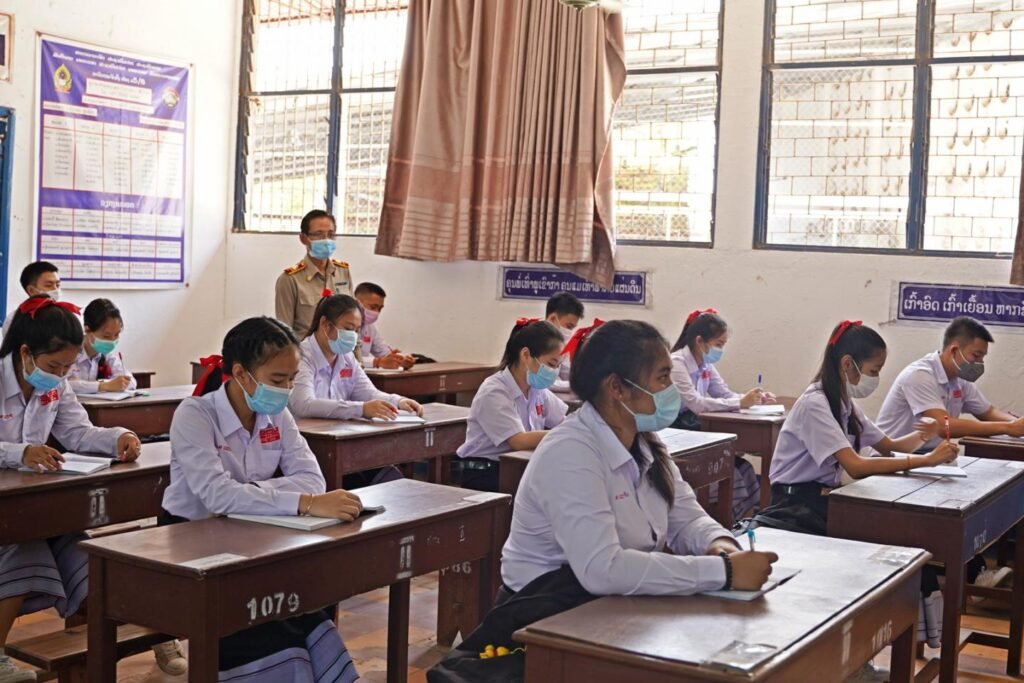Most of us grew up having a very different notion of education. However, the modern-day student population is experiencing a revolutionary form of education where they have the liberty to learn at their own pace. The COVID-19 pandemic necessitated the demand for virtual learning and luckily, it’s here to stay! At first, students were facing many difficulties with online learning like reduced social interactions, loss of connectivity, difficulty with technology and the feeling of alienation. However, as time went by, students became increasingly tech savvy and are now very much used to the virtual way of learning and interacting. Although it was challenging for schools at first to enable stable interaction and engagement opportunities for students in a virtual environment, they soon learnt to create moments of magic even in online classes. Humans are social beings and only when we interact with different people, we understand and learn from new experiences. So, even though it might be challenging to enable social interaction opportunities in a online environment, it must be done. Let’s try to understand in depth why social interactions are important. Interactions Amongst Students Do you know how students learn to ideate and innovate? The answer is simple. Children are young and their minds have very fresh perspectives. When innovative minds collide, experiment and brainstorm, interesting thoughts and ideas are born. Also, peer-to-peer interactions help to spread motivation and happiness amongst one another which helps the students to maintain a healthy balance between their mental and emotional health. In addition, when students interact, they share their struggles and common paint points to empathize with one another. These kinds of interactions result in deciphering solutions to their common struggles. Students interacting with one another can also discuss real-time applications of concepts and theories to yield state-of-the-art outcomes. Even praise from fellow classmates can lead to a healthy boost in confidence. As everyone learns in different ways, group interactions can prepare students professionally for a successful work life in terms of networking, leadership and management. Therefore, it is essential for educators, schools and institutions to recognize the importance of social interactions for students. Even in an online environment, they should fit engagement opportunities for students between their regular classes. Here are some pointers to enable social interactions in online classes: Group Projects: Based on the latest trends, students can explore new topics together. This will enhance communication and intellectual discussions. Co-curricular Activities: For leisure and rejuvenation, frequent activities like signing, painting, dancing, poetry, standups, storytelling, etc. can be conducted for students to come together and share infectious moments of joy and happiness. Free networking zones: Educators must establish virtual networking zones amongst students belonging to different age groups and sections to encourage discussions. Interactions Between Educators and Students An educator plays a crucial role in the overall development of a student. With online learning, students have often felt disconnected with their mentors. However, instructors should go the extra mile to interact with students (even in groups) to pacify their curiosities and challenges. In addition, if the educator and the student share a good bond, the student feels free to ask questions and discuss problems. As a result, receiving professional help helps them achieve academic excellence. Also, the educator could call group meetings to share and discuss course materials and co-curricular activities to enhance their intellectual, social and mental journeys. Only with regular interactions, students develop a sense of responsibility, commitment, togetherness and teamwork. In a different scenario, if a student is lagging behind and is going through a rough patch, educators could take up individual sessions with such students to help them in solitude, thereby avoiding social or community embarrassment. In one-to-one sessions, students going through a bunch of challenges would feel comfortable to share their viewpoints. Here are some examples to enable educator-to-student interaction in online learning: Webinar sessions Instant messaging Written or voice thread feedback Virtual help desks Conclusion Be it a hybrid or a virtual class, student-to-student and educator-to-student social interactions are integral for holistic development and healthy mental health. I would like to challenge the thought process of “Too many cooks spoil the broth” by saying, “True magic happens with a sense of collectiveness.” So, in 2022, let’s try to create an environment for students where they feel free to express their concerns, success, views, ideas, pain points and experiences to strike the right balance.



